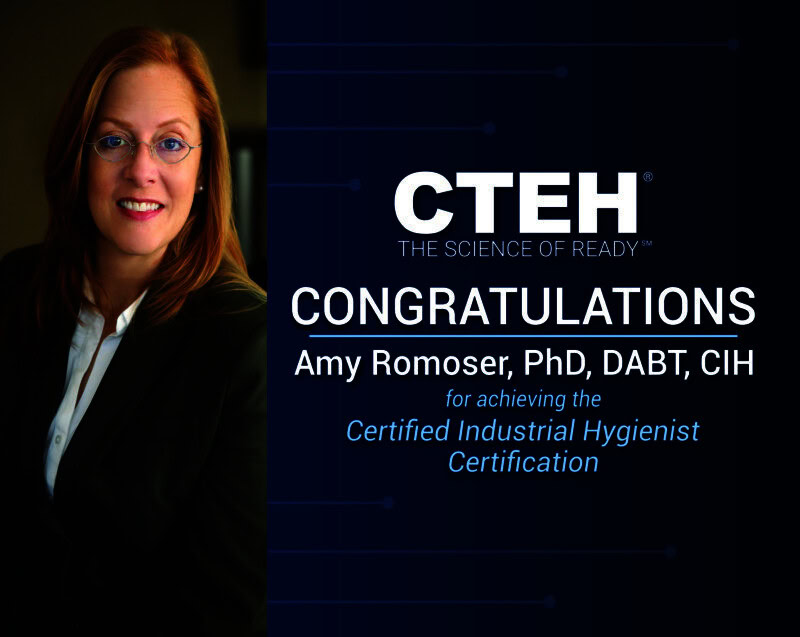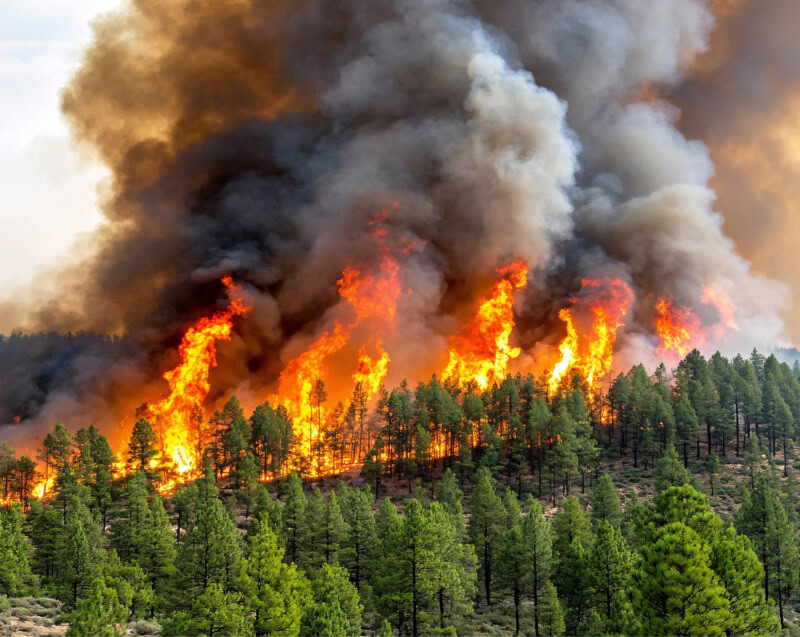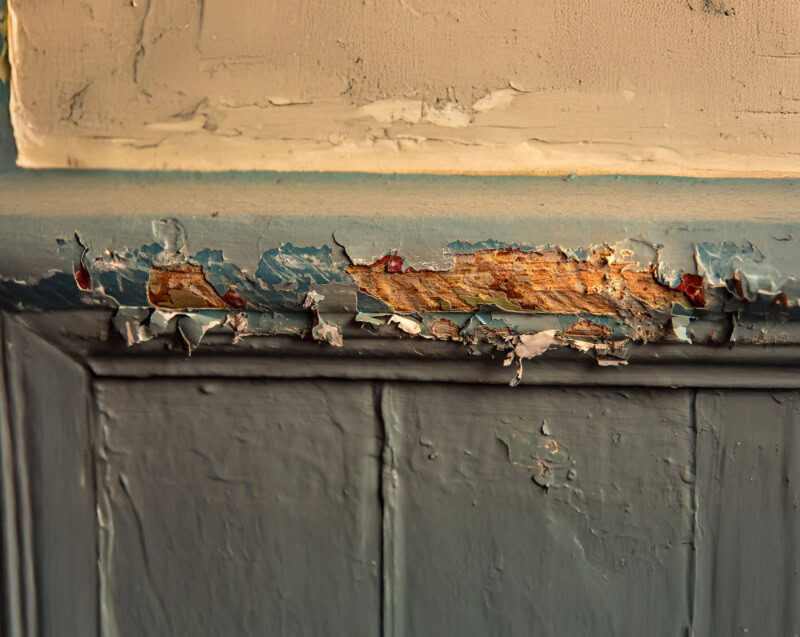In October, Dr. Amelia (“Amy”) Romoser, Toxicologist, passed the Certified Industrial Hygienist (CIH) exam. With this accomplishment, she became one of only three women in the world with her PhD, CIH, and Diplomate of the American Board of Toxicology (DABT). As she noted, these credentials allow her to be “a competent and analytically-minded resource capable of tackling issues involving industrial hygiene or toxicological hazards in an integrated and efficient manner.” Read more from our global industry leader in the Q&A below:
Can you tell us more about your specialty or areas of expertise at CTEH?
Since joining CTEH in January, I have been involved in projects requiring human health risk assessments, risk communication, and development of exposure guidelines for volatile mixtures. I bring a range of academic and government-related toxicology and occupational health experience to the team from my time at Texas A&M University, the NASA Toxicology Office, and the Harris County Institute of Forensic Sciences.
Why did you decide to pursue your CIH?
The CIH gives you the tools to perform a step-wise assessment of workplace environments and then formulate recommendations based on those observations and measurements. There are hundreds of different equations a CIH can use to calculate air flow, exposure level, time, distance, and more. You learn these equations through on-the-job experience and CIH coursework. The CIH also gives you a broad understanding of potential hazards across a range of occupational settings and scenarios and an understanding of appropriate control measures.
Why is this combination of credentials so unique in the industry?
I believe these two credentials are an ideal combination because the CIH allows for workplace implementation of toxicology-specific knowledge from the DABT. Both require a great deal of effort, including months or years of studying; testing; documentation; and letters of recommendation, among other requirements. The pass rate is not high. To obtain these, you must have a strong personal desire to build your professional practice and develop these specific skillsets.
How will you leverage the dual credentials moving forward?
These credentials will be useful for projects that require knowledge of both workplace and community hazards and those situations where expert-level understanding is needed to determine toxicological risk associated with overexposure to such hazards. My goal is to bring a well-rounded and well-informed approach to every project I undertake.
Congratulations, Amy, on this impressive feat!




